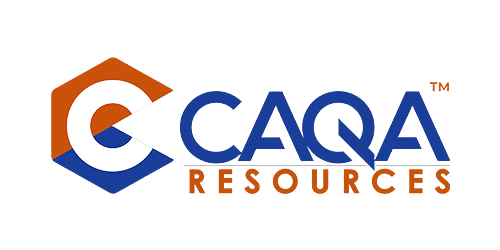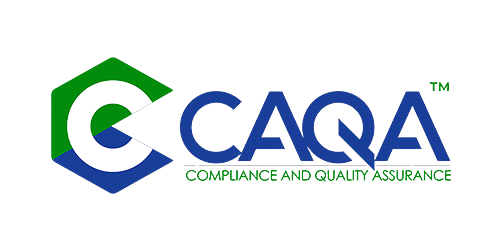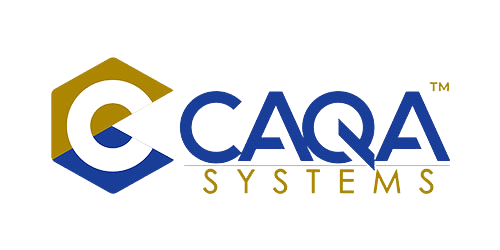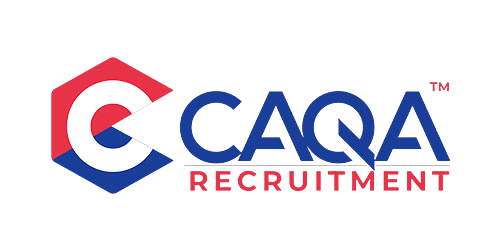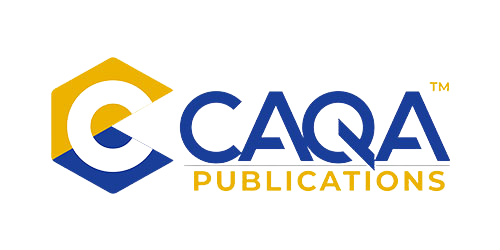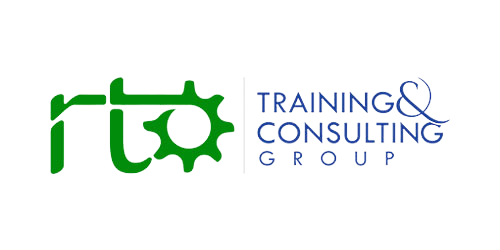Why conflicts of interest are a quality issue, not just a compliance chore
Conflicts of interest are inevitable in a sector built on close ties with industry, community, and government. Trainers also consult for employers. Assessors supervise apprentices who work for their former colleagues. Governing persons sit on regional skills boards. None of this is inherently a problem—until the appearance or possibility of personal interest eclipses the duty to act, decide, and assess fairly. In a competency-based system, the moment confidence slips in the independence of assessments, placements, funding claims, or procurement, the integrity of outcomes is at risk. That is why the 2025 Outcome Standards call for systematic identification, management, and mitigation of conflicts of interest across the whole operation, from classrooms and workshops to contracts and boards. In this regime, the test is not “do you have a policy?” but “can you show how you spotted the risk early, managed it sensibly, and checked that the control worked?”
The regulatory posture in 2025: transparency, traceability, and proportionality
Under the 2025 framework, conflicts of interest must be treated as a live governance and assurance risk. RTOs are expected to maintain a standing process that captures actual, potential, and perceived conflicts; to record and review disclosures in a central register; to apply proportionate controls; and to assure the effectiveness of those controls in practice. The emphasis on outcomes means auditors look for the system working, not words on a page: declarations lodged on commencement and refreshed regularly, decisions to recuse or reallocate recorded at the time they were made, oversight by an independent manager or panel where the stakes are higher, and a feedback loop that adjusts controls when patterns emerge. In short, transparency and traceability are the baseline; proportionality—using the right control for the level of risk—is the mark of maturity.
From principle to practice: what a conflict of interest looks like in VET
In VET delivery, conflicts show up in predictable places. Assessment is the obvious hotspot: a trainer assessing a relative, a contractor whose fee depends on pass rates, or an assessor judging workplace evidence supplied by an employer who is also a client. Third-party arrangements are another: a partner that recruits, teaches, or assesses on the RTO’s behalf while running its own commercial services. Procurement and hiring are perennial: selecting resources, equipment, or validators where a personal connection exists, or appointing casual assessors from a tight local network. Risk also appears in governance: governing persons with interests in companies that provide services to the RTO, or leaders who hold roles in bodies that influence funding or accreditation. None of these automatically invalidate a decision, but each requires an explicit, recorded management choice that puts the organisation’s duty ahead of private interest—and shows the student and auditor why they can trust the outcome.
The Conflict of Interest Pack: your operating system, not a bundle of forms
A good Conflict of Interest Pack does three things at once. It sets the rules of the road in a plain-English policy that defines conflict types, clarifies responsibilities, and explains how decisions will be made and recorded. It supplies the tools—declaration forms for staff and contractors, a central register with workflow, a quick-reference guide for managers on control options, and templates for recusal, reassignment, and assurance sign-off. And it embeds the rhythm: induction scripts, annual refresh prompts, review checkpoints tied to risk events like validation round-tables or procurement cycles, and dashboards that report on disclosures, actions, and closure. The pack is not a filing cabinet; it is the operating system for how your RTO sees, manages, and learns from conflicts every week of the year.
Anatomy of a robust COI framework: simple rules, consistent habits
Start with a definition that staff can use. A conflict exists when a reasonable person could question whether personal interests, relationships, or external roles might influence professional judgment or decision-making. Make the categories real—actual, potential, and perceived—and give examples in your context, from apprentice sign-offs in small towns to dual roles in industry committees. Then make disclosure easy and expected. New starters declare on day one; contractors declare when engaged; all personnel update when circumstances change. Put the register under a named owner, usually in governance or quality, and give line managers a clear role: receive the disclosure, assess the risk, pick and record the control, and check after the event that the control was held. Most importantly, give managers a menu of proportionate controls so routine conflicts are managed quickly: recusal from a single decision, swapping the assessor, adding a second marker, appointing an independent chair for a meeting, or escalating to the CEO or board where monetary or strategic stakes are high.
Digital workflow beats email chains every time
Manual registers and scattered emails breed gaps. A digital register with role-based access, automated prompts, and embedded action workflows reduces friction and increases accountability. Staff submit or update disclosures through a secure portal; the register tags the item to a manager, who selects the control and due date; the system logs evidence of action, prompts for closure, and keeps an auditable trail. For higher-risk items, add a second-line review by quality or governance. Build simple analytics into the dashboard: how many active disclosures by team, how many controls open past due, which control types are used most often, and where repeat conflicts suggest a structural fix—like reassigning validation duties to a different campus or refreshing a contractor panel to broaden independence.
Where COI and risk management meet: calibrate, don’t catastrophise
A framework that treats every declared interest like an emergency will grind to a halt; a framework that waves everything through will fail at the first audit. Calibrate by context. A trainer assessing a former colleague from two years ago in a large cohort may require a light additional review. A casual assessor signing off on a spouse or direct report demands reassignment and independent oversight. A governing person voting on a procurement decision that benefits a company they advise requires recusal at a minimum and full board transparency. Use your risk matrix to set thresholds for escalation and track whether controls cut the residual risk to an acceptable level. Review your thresholds annually against audit findings, complaints, and incident trends so the system learns.
High-exposure scenarios you should design for in advance
Some situations deserve pre-built playbooks. Apprenticeships in regional communities often compress social and professional networks; plan for default second-marking or external moderation when personal ties exist. Enterprise contracts where the employer co-designs or co-delivers require crisp boundaries: who teaches, who assesses, how judgment is moderated, and how both parties disclose and manage interests. Recognition of Prior Learning is another: RPL assessors must be insulated from commercial incentives tied to throughput, with structured evidence mapping, verification interviews, and periodic audit by an independent assessor. Finally, third-party delivery must come with mirrored COI obligations in the contract: the partner uses your forms, logs to your register, and accepts your escalation pathway, because the regulatory responsibility remains yours.
Make culture do the heavy lifting: normalise disclosure and remove the sting.
The most elegant register will fail if people fear consequences for declaring. Leaders must say, and show, that disclosure is protection, not confession. Open each term with a five-minute reminder at team meetings. Praise early and honest declaration in governance updates. Make it routine to ask, before validations and procurement panels begin, whether any interests need to be noted; record the answer either way. When in doubt, disclose and manage. Over time, that mantra turns a perceived risk to reputation into a signal of integrity.
Training that sticks: teach the judgment, not just the rule
Conflicts rarely present as textbook vignettes; they creep in through grey areas. Training must rehearse judgment calls. Use scenarios from your delivery: the trainer who is also a contractor to the host employer; the assessor whose adult child has just joined an intake; the manager considering quotes where one vendor is a former colleague; the board member with a minor shareholding in an ed-tech platform you are piloting. For each, ask teams to identify the conflict type, choose a control, and draft the register entry. Then show the gold-standard answer. Repeat quarterly, rotate scenarios, and invite staff to submit anonymised real cases for discussion. That repetition builds a shared mental model and reduces hesitation when the real thing arrives.
What auditors will ask, and what good evidence looks like
Auditors typically begin by asking for the policy, the current register, and a sample of completed declarations. They then follow the crumb trail into live activity: show us how COI was considered in this procurement, this third-party agreement, this validation panel, this set of RPL decisions, this funding claim. Good evidence is contemporaneous and connected. A declaration predates the decision. The control is specific to the risk—a named second assessor, a documented recusal, a replacement chair. The decision record references the control, and the closure note confirms the control worked or records the follow-up. Better still, your quality team has already sampled high-risk items and reported trends to leadership, with actions taken.
Measuring what matters: five signals your system is maturing
Mature frameworks show up in five places. Disclosures rise at first, then stabilise as staff internalise expectations. The mix of controls becomes more nuanced over time, with fewer blunt recusals and more targeted mitigations backed by independent oversight. Repeat conflicts in the same process trigger structural fixes, not just one-off workarounds. Validation and moderation samples include cases with declared interests by design, and the outcomes show no statistical skew. Finally, your governance reporting treats COI as part of the assurance story alongside student safety, assessment integrity, and third-party oversight—another way leaders make integrity visible.
A 90-day implementation sprint that actually works
Week one to four is about foundations. Confirm the policy, name the owner, load the digital register, and seed it with existing disclosures. Run leader briefings so managers know their role. Weeks five to eight shift to activation. Induct all staff and contractors, run the first training scenarios, and require declarations or confirmations from everyone. Begin sampling decisions in assessment, procurement, and validation for live application. Weeks nine to twelve are for optimisation. Review early data for bottlenecks and over- or under-use of controls, close overdue actions, publish a simple dashboard to leadership, and adjust thresholds. Finish the sprint with a short lessons-learned note and a plan for quarterly reviews.
Common failure modes—and how to avoid them
The most common failure is “policy without practice,” where declarations exist but controls and closures are missing. Fix this by forcing workflow in the register: a declaration cannot be filed without a control, and a control cannot be closed without evidence. Another failure is “everything is high risk,” which clogs the system and dulls attention. Calibrate controls with your risk criteria and reserve escalations for truly consequential decisions. A third is “outsourcing the problem,” where third parties are told to manage COI “their way.” Mirror your obligations in their contract and insist that their disclosures flow into your register. Finally, beware “quiet conflicts,” where leaders assume their good intentions are obvious and do not disclose. Model the standard from the top; culture follows what leaders do.
Case vignette: assessment integrity in a small town
A trainer in a regional campus discloses that she formerly supervised a learner now in the capstone unit. The conflict is potential and perceived. The manager records the control: a second assessor from another campus will independently mark the practical task using the same rubric; the trainer will deliver and support, but will not make the final judgement. The register notes both names and the date. On completion, the second assessor uploads their annotated rubric and the moderation note. Quality samples the case in its quarterly review and finds the mark aligns with cohort patterns. The register is closed with a short assurance note. The entire trail, from disclosure to closure, is auditable and proportionate.
Case vignette: third-party delivery with dual roles
A partner organisation delivers theory units and recruits students under contract. The program lead also consults with local employers who sponsor placements. The partner declares the role; the RTO records the conflict as perceived and recurring. Controls include requiring all summative assessments to be conducted or moderated by the RTO’s assessors, appointing an independent RTO manager to approve any student progression decisions where the partner has taught and recruited, and publishing a student statement that explains roles and responsibilities. Quarterly, the RTO and partner co-review the register entries and outcomes. When a dispute arises about workplace hours, the independent manager resolves it by reference to evidence rather than relationships. The model preserves flexibility without sacrificing trust.
The governance dividend: integrity that compounds
Handled well, conflict of interest management pays dividends beyond audit readiness. It protects students from unfair advantage or disadvantage, preserves the credibility of assessment and certification, and strengthens relationships with employers and the community by making boundaries explicit. Internally, it builds managerial craft. Leaders learn to separate relationships from decisions, to document why a call was made, and to revisit controls when context changes. Over time, that discipline spills into other domains—student safety, data privacy, third-party oversight—raising the quality bar across the board.
Make integrity visible, routine, and reviewable.
Conflicts of interest are not rare events to be feared; they are routine conditions to be managed with clarity and care. In 2025, the regulator expects to see a living system that identifies, manages, and mitigates these risks with proportionate controls, clear records, and evidence that the controls worked. A well-designed Conflict of Interest Pack turns that expectation into muscle memory: easy declarations, a reliable register, practical controls, timely closures, and training that sharpens judgment. When transparency is embedded, fairness follows—and the trust of students, employers, and auditors follows with it.









